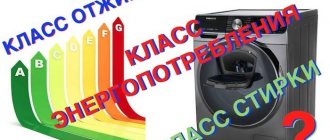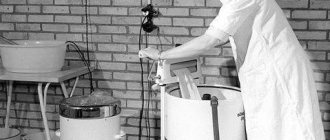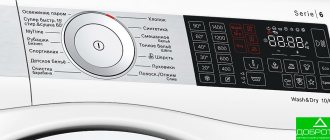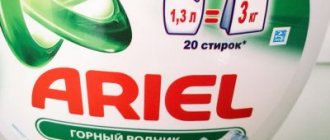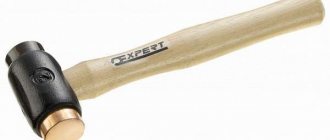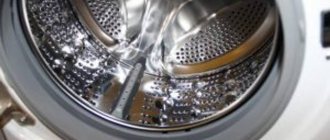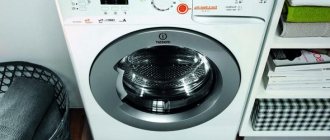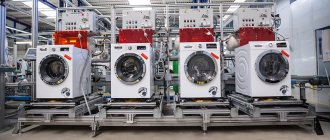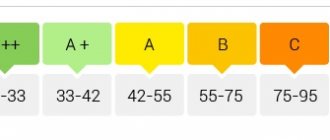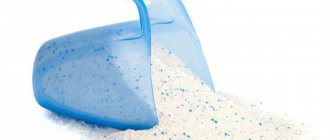Every person has a lot of household appliances in their home, at least a refrigerator or a washing machine, and everyone knows that these household appliances consume a lot of expensive electricity. Based on this, everyone wants to find a less energy-consuming device, the varieties of which are not so easy to understand.
When you come to the store to make a purchase, the specified energy consumption class of washing machines, which is advertised by sellers, will not say anything at all, especially to a person ignorant of modern technical characteristics. What does the class mean and each sticker with letters and numbers that you can find on such a household appliance as a washing machine.
Introduction to the topic
If you remember your school physics lessons, you will probably be familiar with the unit of power measurement - watt (W) or kilowatt (kW). So, this same power has a direct impact on your monthly electricity costs.
In simple words, the greater the power of your machine or any other frequently used household appliance, the more electricity they consume, therefore, this is reflected in the cost of housing and communal services.
Modern technologies do not stand still and now you can save money with a future perspective when buying a washing machine. To do this, you need to pay attention to the energy consumption class, which should not be lower than A. For energy consumption, the most economical devices are those that have a sticker on the body marked in the form of the letter “A”.
Numerous appliance manufacturers are trying not to lose face and are constantly working to ensure that the power consumption of household appliances is as low as possible. Of course, this cannot but affect the cost of the devices, but subsequently everyone will still feel the difference and, accordingly, the savings.
Dishwashers
As for dishwashers, their class directly depends not only on the amount of kilowatts of electrical energy used, but also on the efficiency of washing and drying dishes. To determine which energy-efficient class a particular dishwasher belongs to, the quality of its operation is assessed after two hundred and eighty full cycles, which is correlated with the average amount of electricity consumed (the average value is considered to be 462 kW/h per year). Class A+ consumes less than 0.86 kW/h, class A – less than 1.06 kW/h.
What is energy efficiency
Everyone knows that the cost of monthly utility bills directly depends on the electricity consumption of the appliances in your home. Based on this, everyone tries to use the most economical technology.
But speaking about efficiency, it is worth taking into account several of its indicators, which are called energy saving and energy efficiency.
These two concepts are similar, but at the same time they differ, just like the energy consumption classes among themselves. Let's take an ordinary 100-watt light bulb as an example. If you turn on the light in the room only when necessary, in the evening, when it gets dark, and turn it off when you leave the room, then this will be called energy saving. You purposefully consume less electricity to save money and save it.
To understand energy efficiency, we will also take a light bulb, but not a 100-watt incandescent one, but an energy-saving one with a power of 20 watts.
In this case, you do not take any special actions to save, but simply purchased a less energy-consuming product, but whose efficiency is several times higher than standard indicators.
This example can be applied to any technology, for example, a class of machines, for washing machines produced 10 years ago and for today's ones. Of course, the latter are more energy efficient than their predecessors, which in turn assigns them certain energy consumption classes, which also affect the price.
Washing class
The higher the wash class, the better the washing machine will remove dirt from items. Of course, each type of dirt will be washed differently on the same machine. This is influenced by the origin of the stains, the quality of the powder used, and the type of fabric. Therefore, a class is assigned to washing machines after passing tests under the same conditions. Tests are carried out by comparing the washing quality of the machine under test with the reference one for 60 minutes in water heated to 60 C, on the same fabrics with the same stains and the same detergent. Then a piece of fabric washed on the washing machine being tested is compared with the same piece from a reference machine. Based on the results, a washing class is assigned.
Each class has its own efficiency index, which shows how the fabric was washed on the tested machine in relation to the fabric from the reference washing machine.
| Efficiency index | A | B | C | D | E | F | G |
| Level of quality | 1,03 | from 1 to 1.3 | from 0.97 | from 0.94 to 0.97 | from 0.91 to 0.94 | from 0.88 to 0.91 | less than 0.88 |
It is worth noting that the cost of a machine does not always depend on the washing class. The price can sometimes be influenced by the promotion of the brand. So, washing equipment of a well-known brand of class B can cost the same as a machine of a less advertised, but class A.
Electrical consumption classes of washing machines
So, before you understand which energy consumption class is better, you need to understand what this consumption means. As mentioned above, the power of each household appliance is measured in watts or kilowatts.
Therefore, if you want to know how much energy resource consumption is consumed in a certain time, you can easily calculate it. Typically the power of the machine is from 1.5 to 2.5 kW, we will take the average value, 2,000 W (2 kW). The duration of one wash can also vary, but on average it is 40 minutes (40/60 = 0.666667 hours).
Based on these data, it is easy to calculate energy consumption; to do this, we simply multiply the power and time indicator:
- For one wash – 2 kW x 0.666667 h = 1.3 kW∙h;
- For a month of use (for example, 6 hours) – 2 kW x 6 hours = 12 kW∙h.
Knowing the approximate consumption of your household appliance, the question certainly arises: what is the class of this same energy consumption? Currently, stickers that are glued to the body of household appliances are designed to notify people about energy consumption and, in turn, about the belonging to a certain class of almost any device that consumes electricity.
The letters themselves indicate the energy efficiency calculated by us above. These same letters are graded from G to A, respectively from the most energy-consuming to the most economical. In the present, if classes are given from C to A, then these are the best devices.
This alphabetical gradation applies to all equipment that consumes electricity. But in turn, the calculation of energy efficiency for each will be different. For example, for Class A washing machines and microwave ovens of the same class.
Vacuum cleaners
Vacuum cleaners also had their own energy efficiency class until 2022, which was determined by a combination of two indicators: separately for cleaning hard floor surfaces and for cleaning carpets. Not only current consumption is taken into account, but also the presence and amount of dust that remains in the air of the newly cleaned room. By the way, electricity consumption is indicated based on fifty cleanings of a room with an area of 87 square meters.
